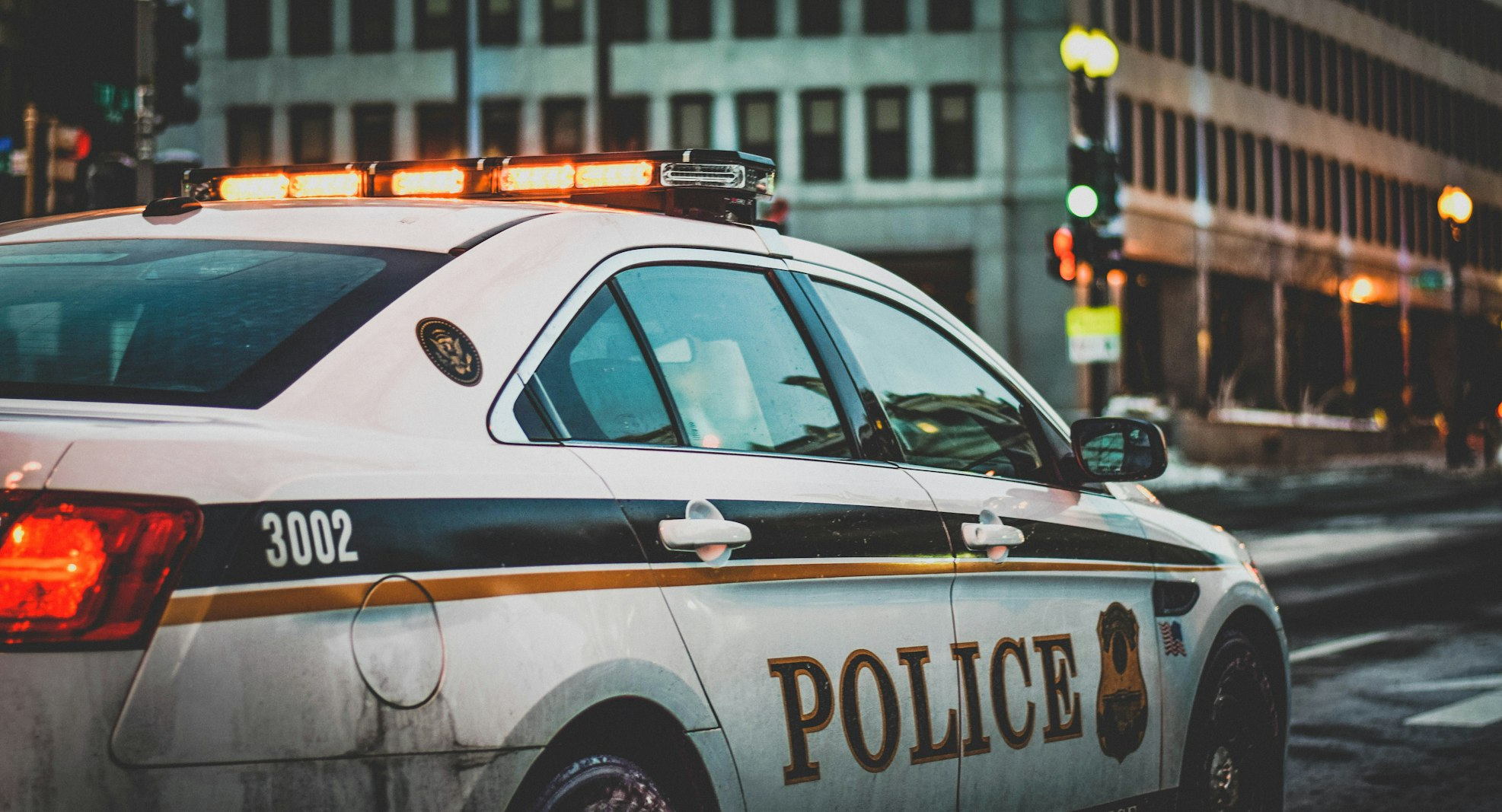
If you get in a car accident, you should almost always call the police afterward, if that’s possible. In most states, you must legally do so. If the crash involved injuries, then that pretty much guarantees that you want the police there so they can fill out a report.
Police car accident reports can help with your lawsuit if you determine that you need to file one. You won’t have to do so after every car accident. However, if you’re in an at-fault state, the other driver caused the accident, and they or their insurance company won’t admit their guilt, then hiring a lawyer and filing a personal injury lawsuit often becomes necessary.
In such situations, the police car accident report can become evidence that helps you prove your case. That’s why the details of such a report might bring you some money in contentious personal injury lawsuits where you have tens of thousands of dollars or more on the line.
Let’s take a moment to talk about what you might expect to see on a police car accident report, and also what you won’t see.
Keep in mind that no two police car accident reports will look exactly the same. For instance, what one police department requires on one of these reports might not look identical to what another one demands. Still, you can usually count on some universalities with such reports.
You should probably see the names of the responding officers on that report, as well as their patrol car number. Maybe they’re from a local precinct if you got in an accident with another motorist on a local road. If you’re on a highway when the crash occurred, then maybe a highway patrol car and officers responded instead.
The police officers, when they get to the scene, should take the names of both drivers. You might get the name of the other driver before the police arrive. However, that’s not always advisable.
Sometimes, right after the accident, you might have an irate driver on your hands. Maybe they feel that you caused the accident, and they’re showing evidence of possibly getting violent if you talk to them.
If you’re in that situation, it’s probably best that you stay in your car and don’t talk to them. You can call 911 on your smartphone and wait for the police to arrive. They can get the other driver’s name when they speak to them.
The police car accident report should feature the license plate numbers of both parties involved in the crash. That’s a key detail. It identifies the vehicles, just in case one of the drivers tries to give a fake name or does something equally dishonest.
The report should also feature the identification number that’s on your driver’s license and that of the other driver. That’s another vital piece of evidence that you will probably need to submit to your insurance company when you report to them what happened later.
The name of the insurance company with which each driver has a policy will also appear on the report. In some instances, the policy number might also appear on there, but not always.
As you might expect, having the name of the other driver’s insurance company often becomes crucial in the crash’s aftermath. You may need to reach out to the other driver’s insurance company if you’re in an at-fault state, and you feel that the other driver caused the accident.
If the other driver caused the accident, and you’re in an at-fault state, then you will need the other driver’s insurance company to cover your economic damages. Those include things like the cost to repair your vehicle, your medical bills, and your lost wages if you have to miss some work while you’re recovering.
The police car accident report will also mention the details that the police officers or highway patrol officers observed when they arrived on the scene. For instance, it might mention the position of the vehicles in the road. It may mention some of the damage to the vehicles.
It might state the condition of each driver. For instance, if one driver has obviously serious injuries, the report will probably mention that.
It might also mention anything else that the police might find relevant at the time. For example, if it’s raining heavily at the scene, and that probably played a part in the crash, the report will likely say that. If a driver showed signs of injury, but they refused medical attention, the report will presumably mention that as well.
There’s one thing that these police car accident reports don’t usually mention, though, and we should state it clearly. They don’t typically speculate about who or what caused the crash.
It’s the job of the drivers and their insurance companies to sort that out later. If there’s a disagreement, then that’s when one driver might file a personal injury lawsuit, especially if they’re in an at-fault state and they feel the other driver caused the accident.
The police officers don’t work for an insurance company, though, and they have no reason to show either driver preferential treatment. They should simply report on the facts of the crash site when they arrive on the scene.
Since these police car accident reports won’t speculate about who caused the crash, the police can remain impartial. They’re at the scene to lend a hand if that’s necessary, but they’re also observers who must chronicle the state of what they’re seeing in a formal report.
Their job requires that. Later, if that report becomes evidence in a lawsuit, that’s not the officer’s concern who authored the report.